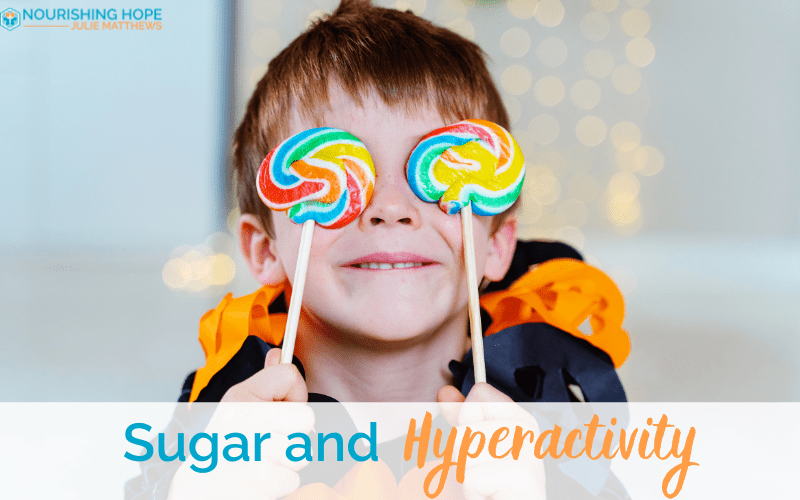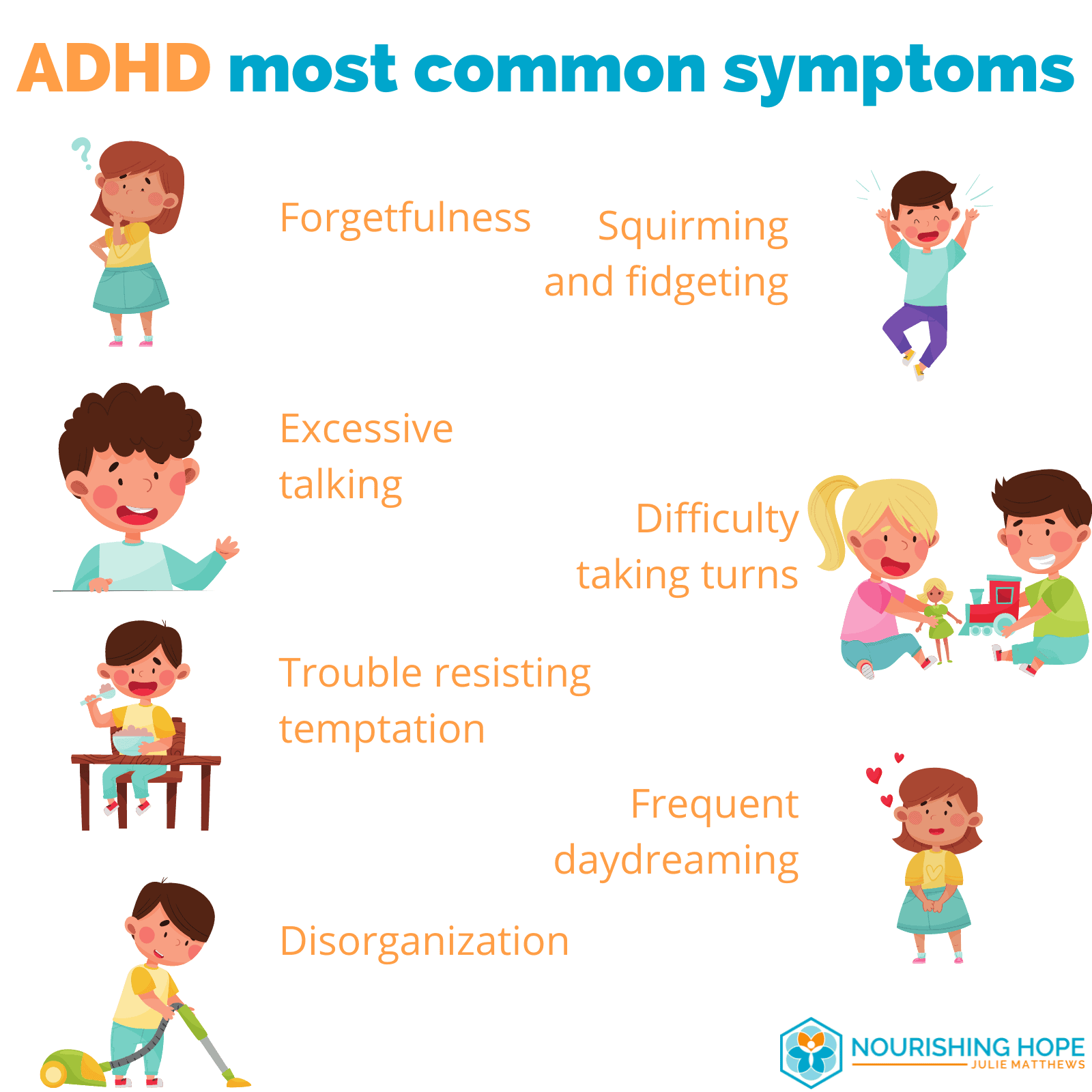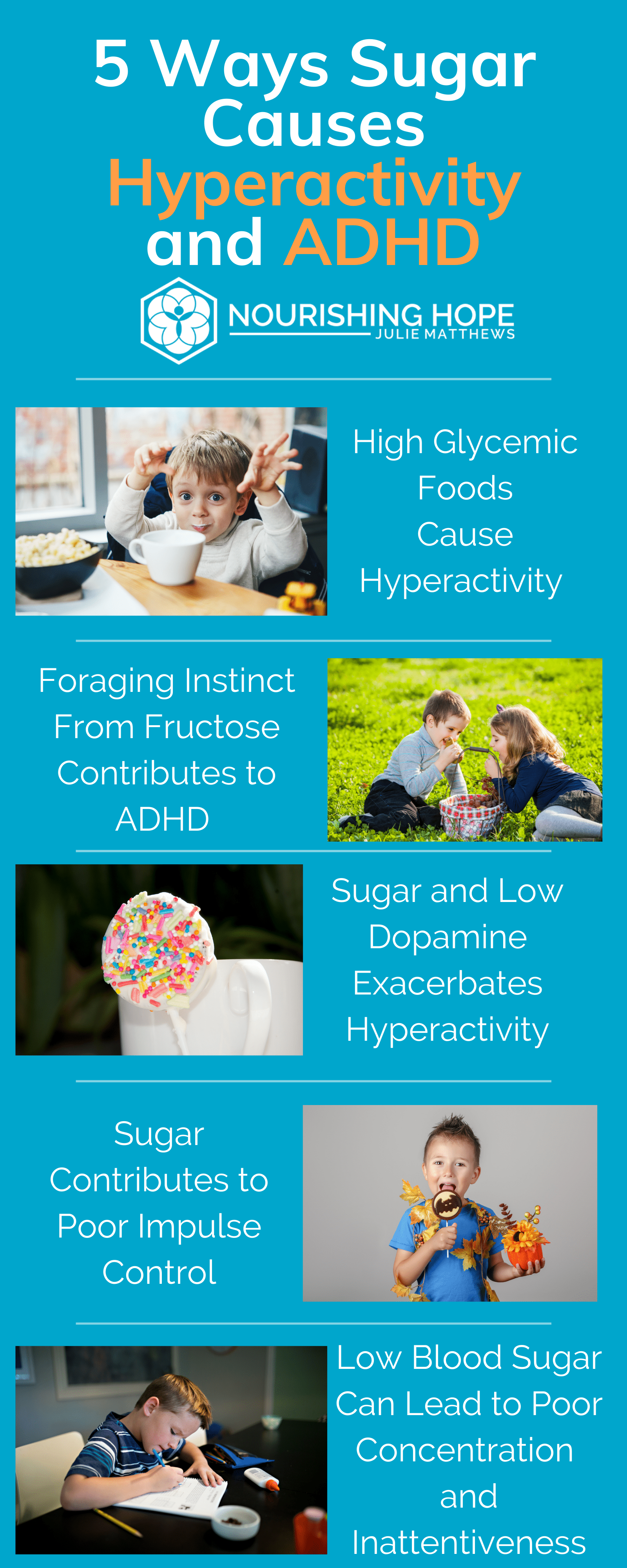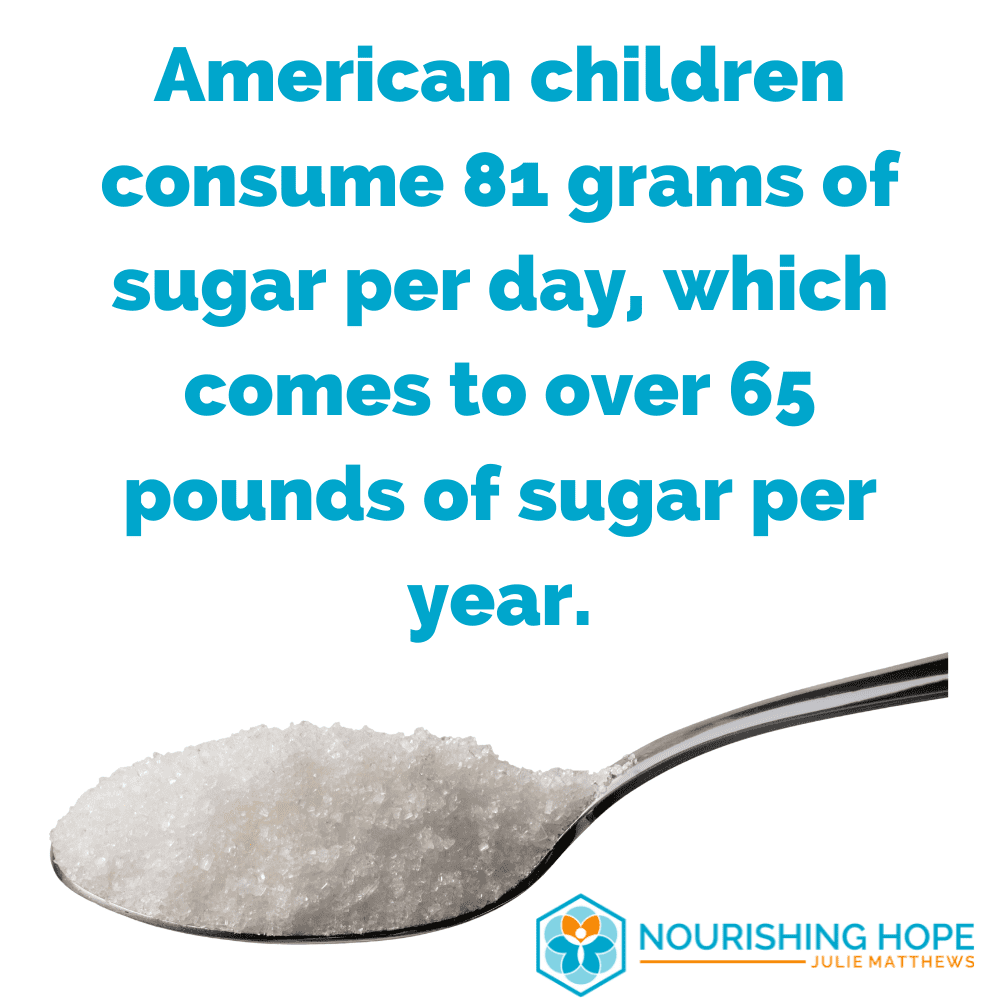ADHD Diet for Children

Children with attention deficit hyperactivity disorder or ADHD face difficulties interacting with peers, performing well in school, and getting along with family members at home. Although more research into the multitude of causes of the disorder is needed, studies and anecdotal evidence suggest that there is a link between ADHD in children and diet. Read on to learn more about the role that sugar may play in ADHD symptoms.
What Is ADHD?
ADHD is a neurodevelopmental disorder that impacts 6.1 million children in the United States alone. Science has yet to uncover the exact cause of ADHD but believes that genetics, environmental factors, and dysfunction of the central nervous system may be involved. Kids with ADHD may exhibit many symptoms, including:
- Forgetfulness
- Squirming and fidgeting
- Excessive talking
- Difficulty taking turns
- Trouble resisting temptation
- Frequent daydreaming
- Disorganization

Most often, stimulant medications and behavior therapy are used to treat the condition by mainstream medicine.
5 Ways Sugar Causes Hyperactivity and ADHD
For years, people have wondered if sugar could be to blame for ADHD. Scientific research hasn’t found sugar to be the sole cause of symptoms in a hyperactive child. In other words, children don’t get ADHD symptoms due to consuming sugar alone, and an ADHD elimination diet for kids that is free of sugar is unlikely to resolve the condition overnight. That said, there is some evidence to suggest that sugar may be detrimental for children who already have ADHD. There are several studies and theories on the subject, including:
1. High Glycemic Foods Cause Hyperactivity
Foods such as: fructose, high fructose corn syrup, fruit juice, donuts, bread, and instant oatmeal are high glycemic foods. These are foods that raise blood sugar rapidly. Researchers have found that high glycemic foods can cause hyperactivity in children, and low glycemic foods help to reduce symptoms of ADHD. [1]
2. Foraging Instinct From Fructose Contributes to ADHD
One study published in Human Evolution and Behavior found that a type of sugar called fructose can reduce energy levels in body cells. The researchers observed that this caused the cells to shift into starvation mode and that this could trigger instincts to forage for food to ensure the body’s survival. This hyperactive foraging response causes symptoms of impulsivity, aggression, recklessness, and cravings, contributing to ADHD (as well as aggression and bipolar disorder). [2]
3. Sugar and Low Dopamine Exacerbates Hyperactivity
Low dopamine activity in the brain is a common finding in ADHD. [3] And sugar is known to release dopamine in the brain. [4] Medical research into addiction has revealed that individuals with low dopamine levels may be more prone to addiction, in this case sugar. In a study by Richard J. Johnson, MD, he hypothesizes that sugar significantly increases dopamine, which leads to reduced dopamine receptors and dopamine, exacerbating the low dopamine in ADHD and worsening the symptoms of hyperactivity. [5]
4. Sugar Contributes to Poor Impulse Control
Poor impulse control is a known symptom of ADHD. Researchers speculate that kids with the condition may be more likely to eat sugary foods in excess because they have trouble resisting the temptation to do so. Poor impulse control in ADHD may worsen the ADHD itself because of sugar leading to a vicious cycle.
5. Low Blood Sugar Can Lead to Poor Concentration and Inattentiveness
Sugary foods cause blood sugar levels to increase rapidly and then plummet quickly after digestion, leading to a sugar crash. The more someone eats sugar, the more it can impede the body’s ability to regulate blood sugar levels, and the more the individual craves sugar. As the individual eats more sugar, this cycle continues and can lead to low blood sugar or hypoglycemia. Low blood sugar can lead to poor concentration, inattentiveness, confusion, nervousness, and irritability. These symptoms can add to the poor concentration and focus someone with ADHD often has to begin with, and may exacerbate other behaviors of ADHD.

Tips for an ADHD Diet
And now, research is showing what parents and clinicians have seen for years: sugar can cause or exacerbate hyperactivity and other symptoms of ADHD in children (and adults).
If you would like to reduce the amount of sugar in your child’s diet, follow these tips:
 Limit sugar: Experts recommend keeping sugar to less than 25 grams per day. To achieve this, try limiting treats to 5 grams of sugar per serving. This is a great way to help kids read labels and learn how much sugar is in their favorite foods.
Limit sugar: Experts recommend keeping sugar to less than 25 grams per day. To achieve this, try limiting treats to 5 grams of sugar per serving. This is a great way to help kids read labels and learn how much sugar is in their favorite foods.
Focus on protein and fat. Including healthy amounts and types of protein and fat to the diet of children is important to ensure they have the building blocks they need for growth, energy, and cognitive function. Protein and fat make kids feel fuller for longer and can cut down on the urge to snack on sugary foods.
Start slow. Take small steps in changing your child’s diet. Suddenly cutting out all sugar from your child’s diet can be stressful for all of you. Instead, identify the largest sources of sugar from your kid’s diet and find healthier alternatives. Making one or two changes at a time can help children adapt to the change.
Eat whole foods. Serve fruit and make more treats with fruit such as a baked apple or peach cobbler.
Use better choices. Consider some of the better sugar options such as coconut sugar, or non-sugar sweetener options such as stevia or Lakanto. Try these in recipes in reduced amounts. Remember all sugar is sugar so limiting it is still important.
Try diet eliminations. An ADHD elimination diet can help you identify foods that could be worsening your child’s symptoms. With this approach, you remove the suspicious food from your child’s diet, keeping a log of what they eat and what symptoms they exhibit. After a few weeks have passed, analyze the data. If you don’t notice any change in your child’s symptoms, try eliminating another food. Once you have identified potential triggers, slowly reintroduce them to your child’s diet and see if symptoms return. This will help to establish a link between the food and your child’s behavior that you can share with their doctor.
As we’d discussed today, sugar can be detrimental for attention deficit hyperactivity disorder. We also know that a low sugar diet is helpful for ADHD for many additional reasons, including for maintaining normal blood sugar levels which has many health benefits. If you want to learn more on how sugar can impact health and how to reduce it in your child’s diet, here is another article to get you started.
The good news is hyperactivity and ADHD symptoms can improve, and the solutions you have in your own kitchen can help.




My children both have tics, Tourette’s and ADHD expressions. I’ve got years of research and experimentations with diet, lifestyle choices and supplementation to support my family..however I’m still unclear on the connection between these impulses from the brain with these expressions and how I can calm them when sometimes I’m witnessing a 2 hour episode of dangerously self harming like impulses. What triggers could I be missing? I’d love to have a chat with Julie x